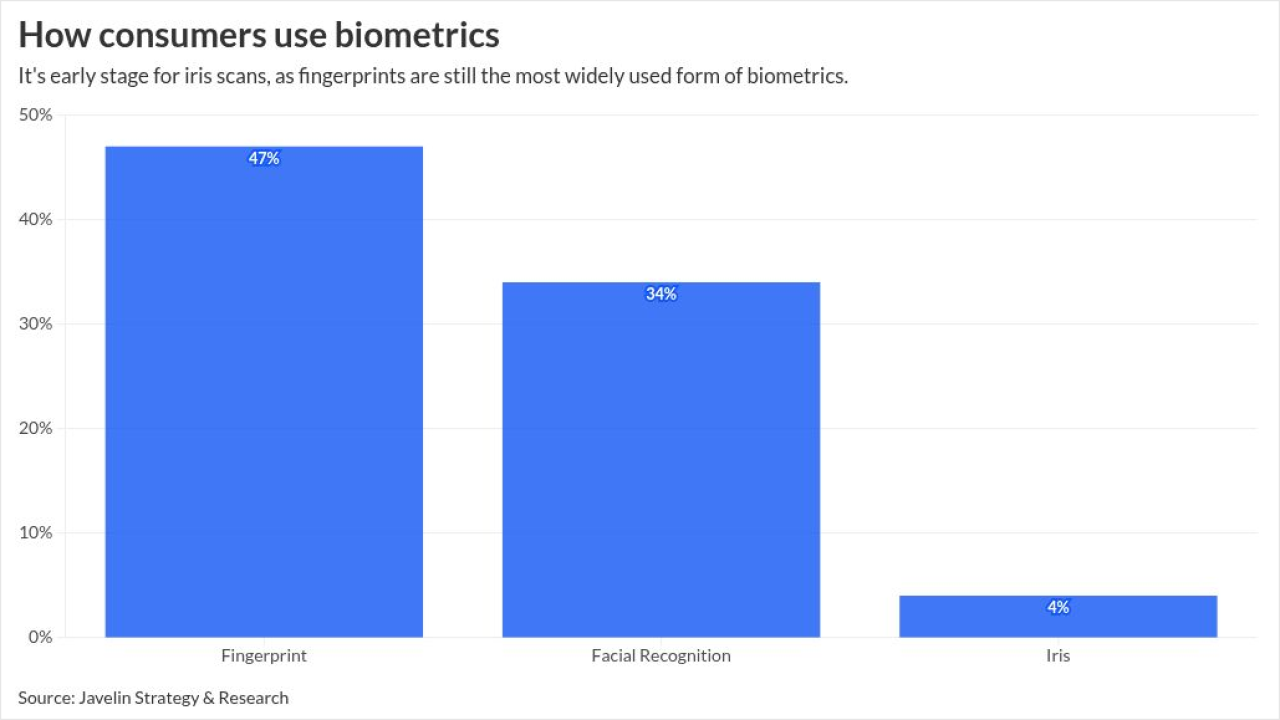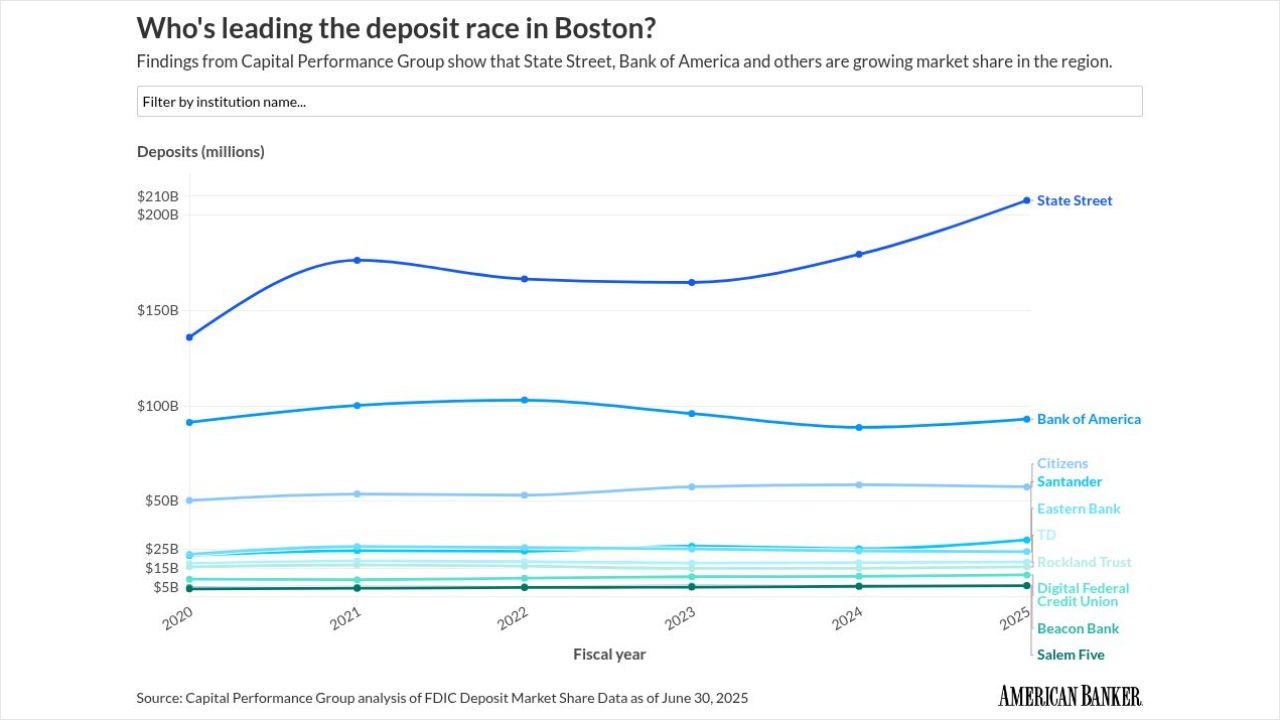Capital One, Wells Fargo and several other banks have followed suit, launching
The technology competes in a market where multiple NFC wallets — most notably, Apple Pay and Android Pay — provide a straightforward way for banks to get their products onto consumer phones. But those apps give banks little control over features and branding, prompting more issuers to turn to HCE to further their mobile wallet strategy.
Canada’s Scotiabank waited to launch its own HCE-powered mobile wallet until last month, when it unleashed an upgrade to its branded wallet, and the payoff came when thousands of consumers downloaded the app with zero advertising.
“We saw an overwhelming response to the new app because we delivered a whole range of new features around shopping and loyalty that people were really interested in beyond our existing,

Mobile payments alone isn't a big deal to consumers, he said.
"People really don't care about payments, they care about shopping, and making that as hassle-free as possible," Pawelkiewicz said.
Scotiabank’s My Mobile Wallet enables payments with Visa credit and debit cards, soon to include Mastercard and American Express.
What’s dazzled consumers is the ability to add multiple loyalty cards to the app and to store and redeem points in real time at the point of sale and to easily access electronic receipts linked to purchases, Pawelkiewicz said.
The wallet also integrates mobile offers targeted to consumers based on transaction history, provided by Mastercard’s Truaxis service.
“The move to HCE has made our wallet more meaningful to consumers, because we’re giving them tools to enhance their entire shopping journey,” he said.
Aggregating multiple loyalty cards and apps in the same place where consumers conduct all of their daily transactions is a huge leap forward for convenience that's likely to make consumers use the app more often, Pawelkiewicz said.
Scotiabank isn’t finished adding features to the app, he said. “We’re adding more features to streamline mobile payments further in the next few months, and combined with the loyalty features we pulled into the app with HCE, we expect to adoption and usage grow by orders of magnitude,” he said.
Scotiabank introduced the first version of its mobile wallet in 2014. This year the bank added support for
“Payments are going to become invisible, so people for example will get the Uber experience of eat, leave and never ‘pay,’” he said.





